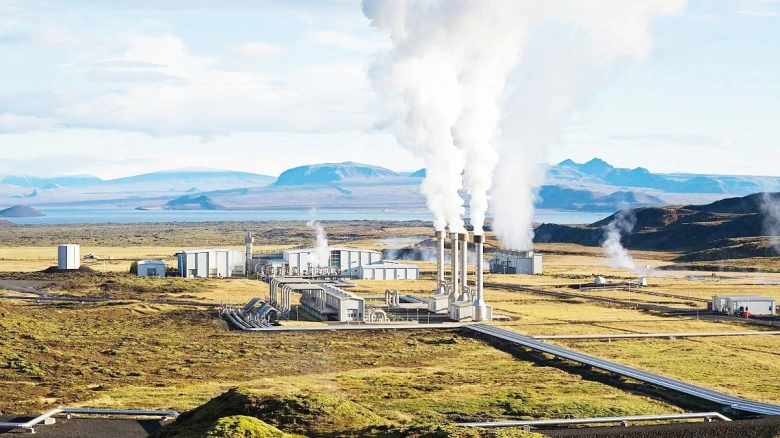The goal of the trilateral collaboration between Iceland, Norway, and India is to determine the amount of geothermal potential that exists in each of Arunachal Pradesh's several regions..................
Digital desk: The Centre for Earth Sciences & Himalayan Studies (CES&HS) in Itanagar, in partnership with the Oslo-based Norwegian Geotechnical Institute (NGI) and the Iceland-based company Geotropy, launched a series of investigation studies from March 18 to 24 in an innovative effort to unlock the vast potential of geothermal energy in Arunachal Pradesh.
The project comes after CES&HS and NGI signed a Memorandum of Understanding (MoU) in September 2023 in Oslo, Norway, launching the first-ever feasibility studies for geothermal energy in the area, according to an article published in the Arunachal Times.
The goal of the trilateral collaboration between Iceland, Norway, and India is to determine the amount of geothermal potential that exists in each of Arunachal Pradesh's several regions. The final objective is to exhibit its usage in a variety of applications, such as cold storage, drying agricultural products, home and hotel heating and cooling, water tourism, and future electricity generation from renewable energy sources.
The thermal energy produced and stored in the Earth's crust is known as geothermal energy. Because nuclear fusion occurs continuously, the temperature at the center of the Earth stays almost constant, matching that of the Sun. The mantle rises as a result of some rocks melting due to the extreme heat and pressure (as they grow lighter with the heat).
These molten rocks that originated in the crust of the Earth are forced upward and become trapped in areas known as "hot spots." Steam is produced when subterranean water comes into contact with the hot point. This hot water-formed area occasionally finds surface exits. Hot springs are what happens when this hot water shoots out of one of these outlets.
The trilateral team investigated possible geothermal field locations in the districts of West Kameng and Tawang, guided by CES&HS Director Tana Tage. The goals of these investigations were to collect samples for structural geological assessments and geochemical studies.
The CEO of Geotropy, Dr. Vijay Chauhan, voiced hope for the Himalayan region and Arunachal Pradesh's considerable geothermal energy potential. He emphasized that several variables, such as fluid-rock interaction and structural geological conditions, affect the viability of geothermal energy.
NGI geotechnical expert Dr. Rajinder Bhasin presented Chumathang hamlet in the Ladakh region as the site of a successful pilot geothermal demonstration project. This initiative benefited local military personnel as well as citizens by efficiently using geothermal energy for room heating.
Dr. Bhoop Singh, a scientist who advises CES&HS and was the head of the Union Science & Technology Department in the past, emphasized the significance of the proposed pilot geothermal demonstration projects in Arunachal Pradesh. He stressed that these programs open the door to the widespread use of underutilized renewable energy sources that are spread throughout the state.
Even while a lot of snow made fieldwork in the Damtheng and Tsechu hot springs difficult, the team saw a lot of potential in Mago, which is 3,614.58 meters above sea level. Mago demonstrated potential in the usage of geothermal energy, as each home was already using it for domestic needs.

Leave A Comment